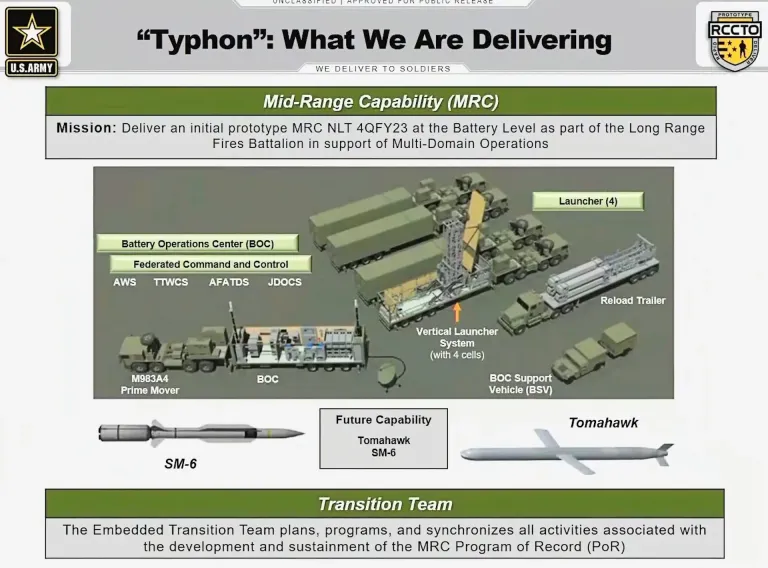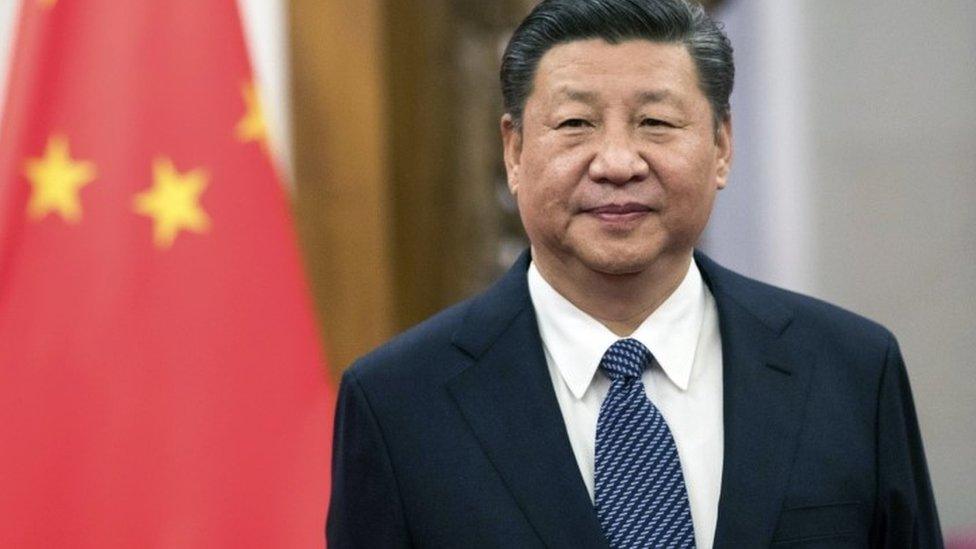- Courses
- GS Full Course 1 Year
- GS Full Course 2 Year
- GS Full Course 3 Year
- GS Full Course Till Selection
- Answer Alpha: Mains 2025 Mentorship
- MEP (Mains Enrichment Programme) Data, Facts
- Essay Target – 150+ Marks
- Online Program
- GS Recorded Course
- Polity
- Geography
- Economy
- Ancient, Medieval and Art & Culture AMAC
- Modern India, Post Independence & World History
- Environment
- Governance
- Science & Technology
- International Relations and Internal Security
- Disaster Management
- Ethics
- NCERT Current Affairs
- Indian Society and Social Issue
- NCERT- Science and Technology
- NCERT - Geography
- NCERT - Ancient History
- NCERT- World History
- NCERT Modern History
- CSAT
- 5 LAYERED ARJUNA Mentorship
- Public Administration Optional
- ABOUT US
- OUR TOPPERS
- TEST SERIES
- FREE STUDY MATERIAL
- VIDEOS
- CONTACT US
US to Withdraw Banned Typhon Missile System from Philippines
US to Withdraw Banned Typhon Missile System from Philippines

Background: The Philippine Army has confirmed that the US will withdraw the Typhon Weapons System from the country amidst growing concerns and objections from China. The system was deployed in the northern Philippines earlier this year for joint military exercises.
Key Points:
- The Typhon system is a medium-range missile system capable of launching Standard Missile 6 (SM-6) and Tomahawk Land Attack Missiles.
- The system was utilized during annual exercises, but not employed in live-fire training.
- The US Army is currently in the process of shipping out the equipment used during the Balikatan and Salaknib exercises.
- The withdrawal is expected to be completed by September, possibly earlier.
Context:
The deployment of the Typhon system marked a significant military maneuver by the US, breaking a nearly four-decade hiatus since the signing of the US-Soviet Union Intermediate-Range Nuclear Forces (INF) Treaty in 1987. The treaty prohibited the development and possession of land-based missiles with ranges between 500km to 5,500km. The US withdrew from the treaty in 2019, alleging violations by Moscow and in response to China's growing military capabilities, particularly in missile technology.
China's Objections:
- China has expressed strong objections to the presence of the Typhon system in the Philippines, citing concerns over regional stability and security.
- Chinese Defence Minister Dong Jun warned against the deployment of medium-range ballistic missiles by the US in the Asia-Pacific region, stating that such actions were "severely damaging regional security and stability".
- Beijing's discontent is echoed by the Chinese leadership in response to heightened military cooperation between the Philippines and the United States.
Typhon Weapons System:
- Also known as Strategic Mid-Range Fires (SMRF) System.
- Developed by the United States Navy.
Capabilities:
- Fires Standard Missile 6 (SM-6) for ballistic missile defense and anti-ship targeting.
- Fires Tomahawk Land Attack Missile, a maneuverable cruise missile.
System Components:
- Four launchers.
- Command post.
- Reload and support vehicles.
- Offboard targeting information sources.
- Launcher derived from Mk 41 Vertical Launch System (VLS).
- Flexible and adaptable, with potential for future integration of new missiles.
Tomahawk Missile:
- US-made long-range cruise missile for deep-land attack warfare.
- Can be launched from ships or submarines.
Features:
- Subsonic speed and low altitude flight for stealth.
- Tailored guidance systems for low-elevation maneuverability.
- Range: up to 2,400 km (1,500 miles).
- Propulsion: solid propellant for launch, turbofan engine for cruise.
- Navigation: satellite-assisted, TERCOM (Terrain Contour Matching) radar.
- Payload: conventional or nuclear.
Capabilities:
- Twist and turn like a radar-evading fighter plane.
- Skim the landscape at 30–90 meters (100–300 feet) altitude.
- Used for precise targeting of fixed targets, such as:
- Communication sites.
- Air-defense sites.
- High-risk environments where manned aircraft may be vulnerable.
Development and Testing:
- Lockheed Martin delivered one of the initial four prototype Typhon MRC weapon systems to the US Army in December 2022.
- Subsequent testing in July 2023 involved four trailer-based launchers and associated equipment, successfully demonstrating the system's readiness and capabilities.
Deployment Options:
- While the US Army has not officially disclosed deployment locations, potential sites include Japan or US territories in the region.
- Deploying in Japan faces challenges, notably in gaining public support and concerns over potential targeting by China.
- Alternatives like Guam or rotational deployments near US Asian allies could enhance deterrence against China's military activities, particularly in areas close to Taiwan and the contentious South China Sea.
Implications:
- The withdrawal of the Typhon system from the Philippines may impact the regional balance of power, particularly in the Indo-Pacific region.
- The US's adoption of an anti-access/area denial strategy featuring land-based cruise and anti-ship missiles becomes crucial for executing multi-domain operations effectively.
- The Typhon system represents a critical component of the US Army's strategy to bolster its precision strike capabilities in the Indo-Pacific region, responding to Chinese threats while reinforcing regional deterrence measures against China's expanding military influence.
- The Pentagon's assessment of the Chinese military indicates Beijing's possession of approximately 1,500 missiles with ranges between 1,000 and 5,500 kilometers, granting the People's Liberation Army significant anti-access and aerial denial capabilities across strategic regions.
Must Check: Best IAS Coaching In Delhi



